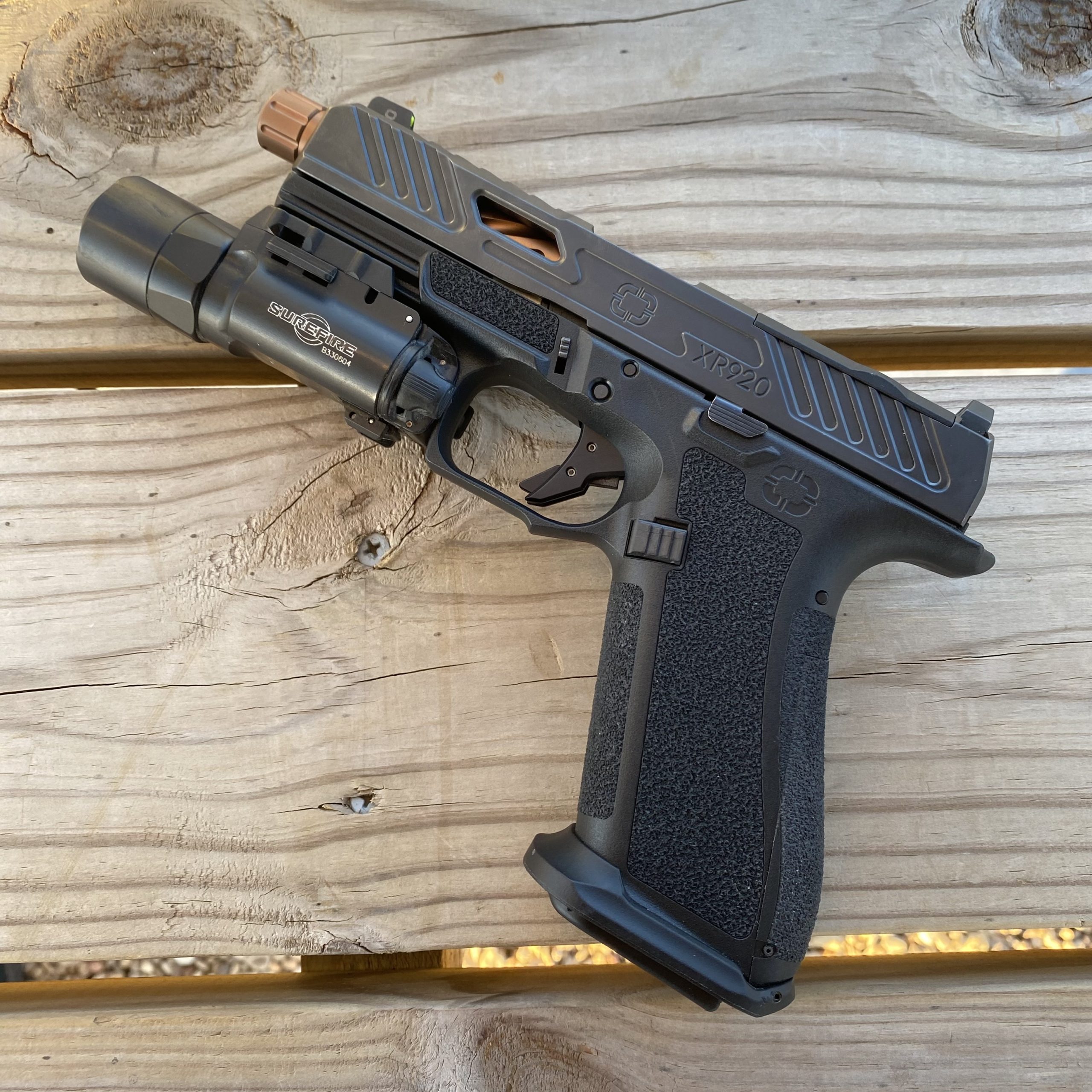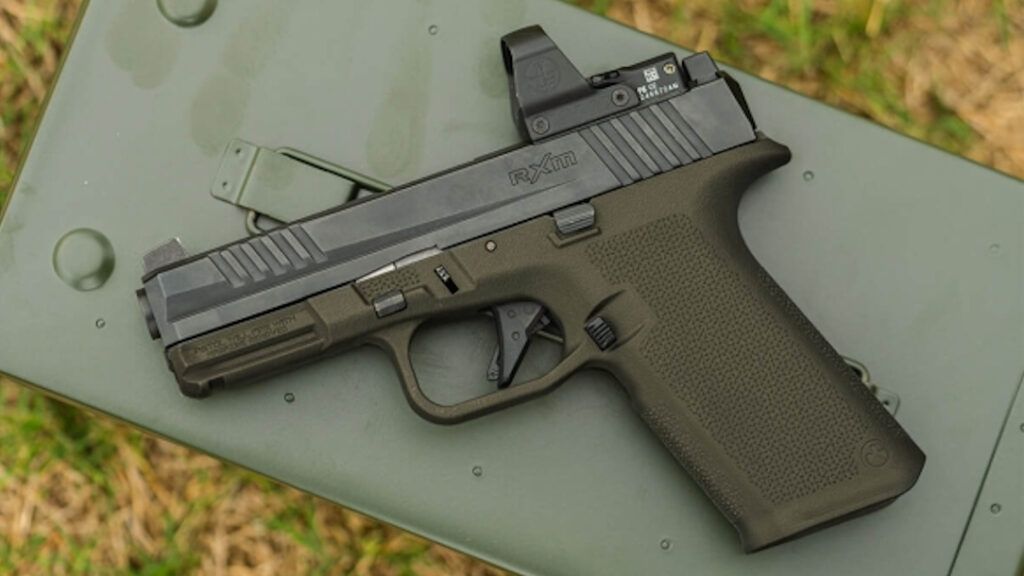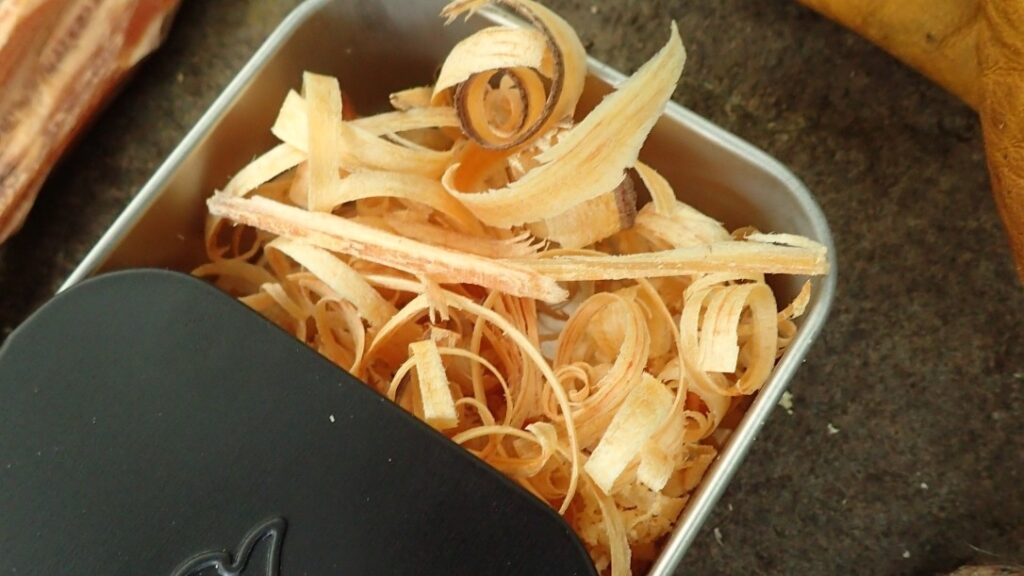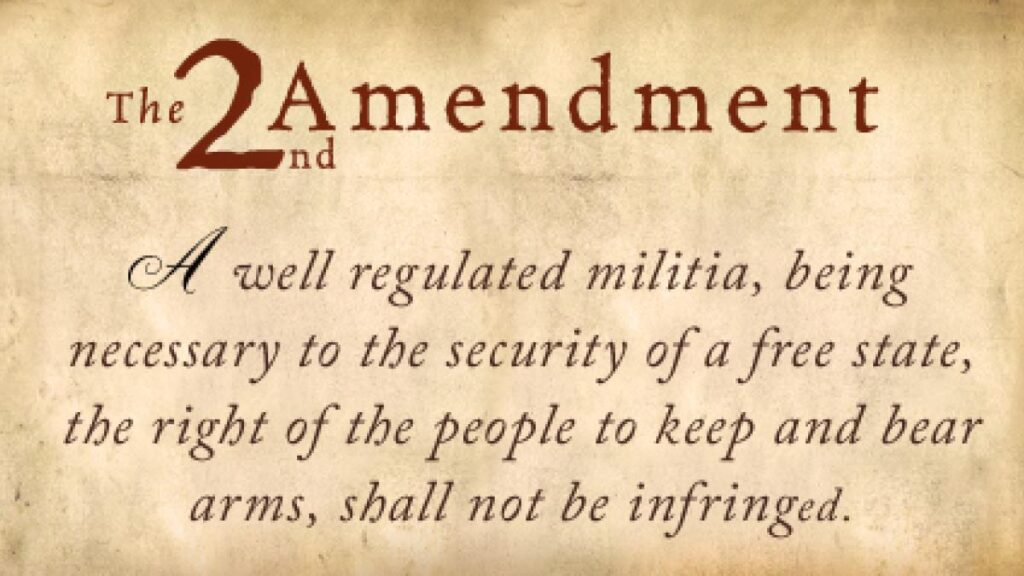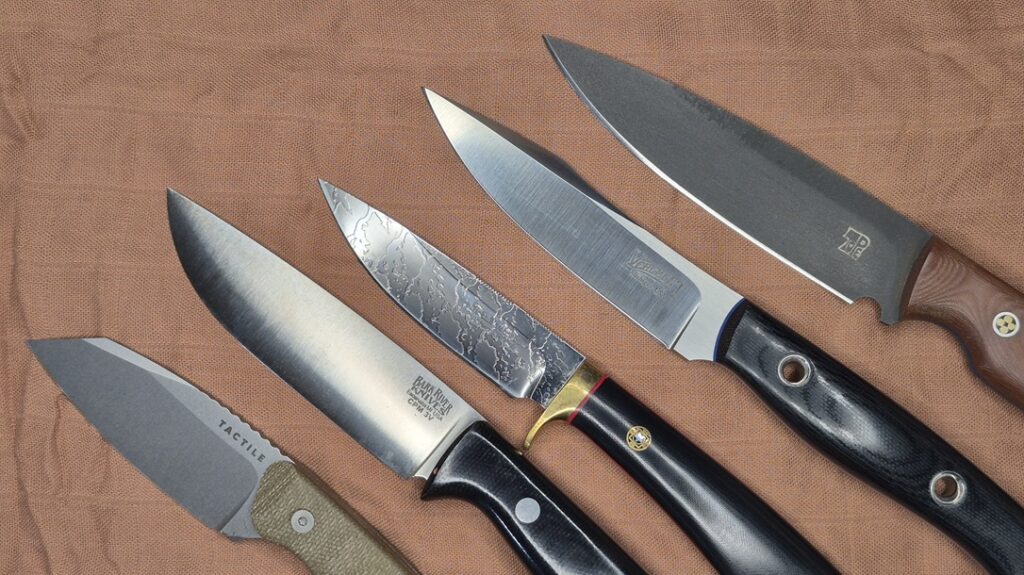On the Thursday prior to SHOT Show, I was at my local gun club shooting and evaluating some new guns from Smith & Wesson when another gun club member offered to let me shoot his Shadow Systems XR-920 by pure chance. I had never shot anything from Shadow Systems, so naturally I didn’t hesitate to take him up on his kind offer. This gentleman graciously gave me about 80-90 rounds of his own 9mm ammo as well and encouraged me to run the XR-920 as hard as I could. So please enjoy this “brief” review, because I sure enjoyed shooting this gun.
Glock disrupted the handgun market and shifted it into what it is today. Polymer framed striker-fired pistols are now the norm, and every major gun manufacturer sells them. However, the Austrian company still enjoys relevancy and still dominates the market after the better part of three decades. Since its original patents expired, today’s consumer can buy Glock clones and spend either as little or as much as they want to. While many gun companies sell competing designs, other gunmakers instead have embraced the original Glock “recipe”. Some even take things further and execute products with a higher degree of sophistication than even the Austrian behemoth itself does. Shadow Systems, a Plano, Texas based manufacturer is one such outfit that does this with their Elite series handguns.
Shadow Systems XR-920 Elite First Impressions And Overview
Before I continue with the rest of this brief review, I’ll be up front and disclose that the sole thing I didn’t like about the Shadow Systems XR-920 Elite is the fact that it does not posses ambidextrous slide stops. This is understandable since Shadow System bases their guns on the older Glock pattern that has no ambidextrous slide stops. The basis of my complaint is solely because I’m left handed. Otherwise, these guns are well-made. The specimen I shot certainly made a good impression and it was evident that Shadow Systems did not gloss over any details. I’ll confidently add that a non-gun person could give the XR-920 Elite a once-over and easily deduce that it’s neither “cheap” nor cheap-looking.
Advertisement — Continue Reading Below
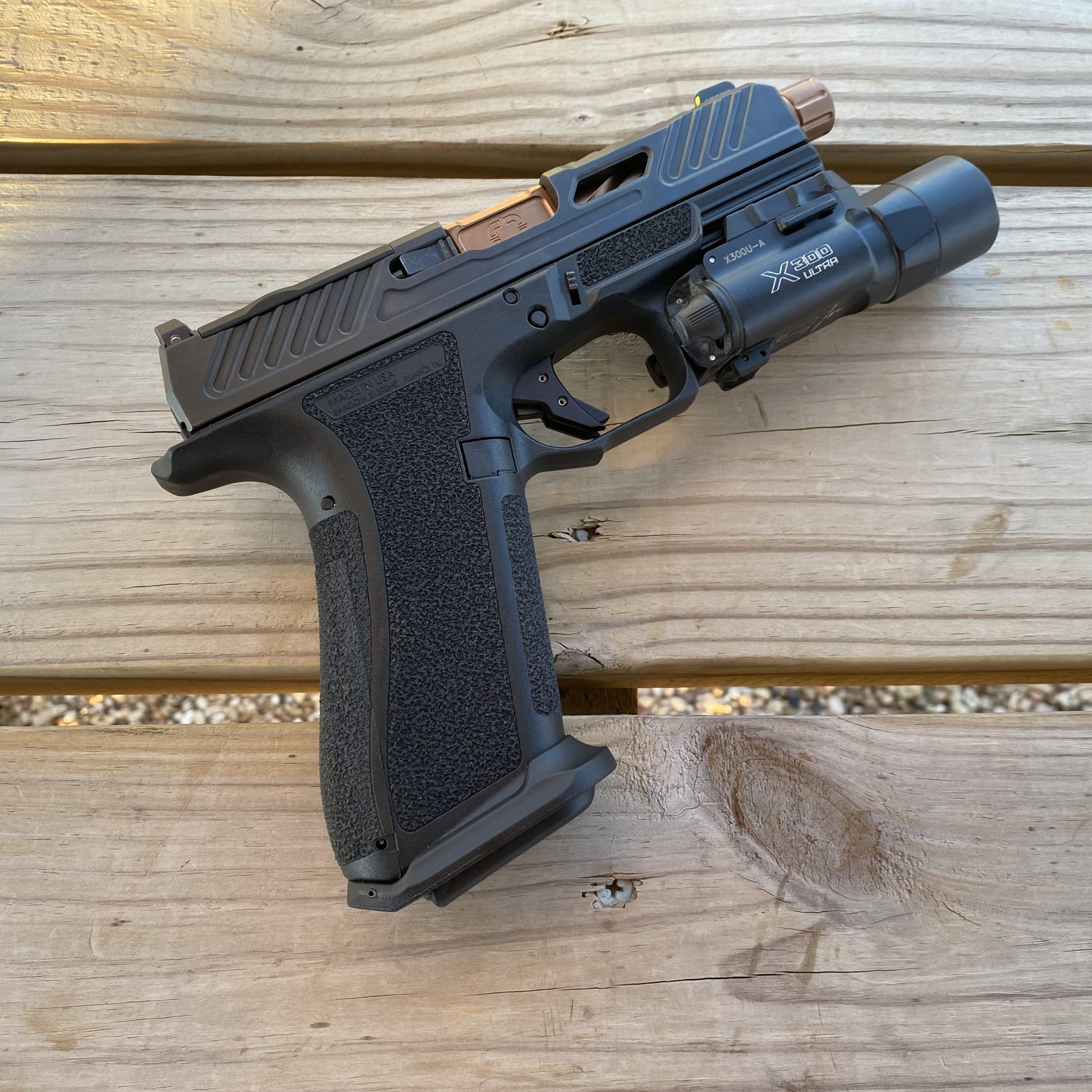
Overview
The XR-920 Elite is best described as Shadow System’s take on a 9mm Glock 45; it’s built with a full-size grip and a shorter, Glock 19 length slide–think Commander configuration. Shadow Systems ships Magpul GL9 17-round magazines with the XR-920 and the gun also obviously feeds with Glock OEM magazines. The XR-920 Elite has a 4.5-inch match-grade spiral fluted threaded barrel with a bronze TiCN finish made from 17-4 stainless steel. Its slide is ornately machined with slide serrations on either side and on the top. This slide also sports some “window cuts” towards the front in order to reduce mass. Fit and finish between the slide and barrel is immaculate. The full-size grip naturally follows the same grip angle of the Glock 17, but its contour feels more nuanced in the hand. It doesn’t feel like a standard full-size Glock grip. This grip also makes use of interchangeable backstraps and its texture is reasonably grippy (more so than a current Gen5 Glock) without being overly abrasive. One way all of Shadow System’s guns standout from Glocks is their inclusion of a slightly extended beavertail at the top rear of the backstrap. It’s easy to see how this beavertails is useful for shooters with larger hands. When drawing and shooting with my normal-sized hands, the beavertail was not cumbersome either. All Shadow Systems handguns also ship with a removable magwell, and I didn’t mind this one at all. The XR-920 frontstrap is long enough so I could comfortably build a firing grip and wedge my support-hand pinky finger against the lip of the magwell, not unlike what I do with any magwell equipped Staccato. Out of the box, the XR-920 Elite has an aluminum flat-faced trigger; I didn’t have a trigger scale with me at the range, but Shadow Systems claims these triggers to break between 4.5 to 5 pounds. After trying to run this gun as hard as I could that day, I wouldn’t change anything about this trigger. The take up and break are very smooth and the flat metal face provides a nice, even surface. At 4.5 pounds or higher, this trigger is “street safe,” too.
THE SHADOW SYSTEMS OPTICS MOUNTING SYSTEM
The XR-920 Elite ships with what I’d consider “aftermarket” iron sights because they don’t feel like an afterthought the way most standard sights do. They do sit taller in order to accommodate mounted optics, and the front sight is also dot driven and I was able to hit whatever I aimed at using a combat hold. The rear sight is black, plain and serrated while the front sight is bright green with a tritium vial. They are similar to the factory installed Ameriglo Bolds on my Glock 45, but with a higher degree of refinement.
Advertisement — Continue Reading Below
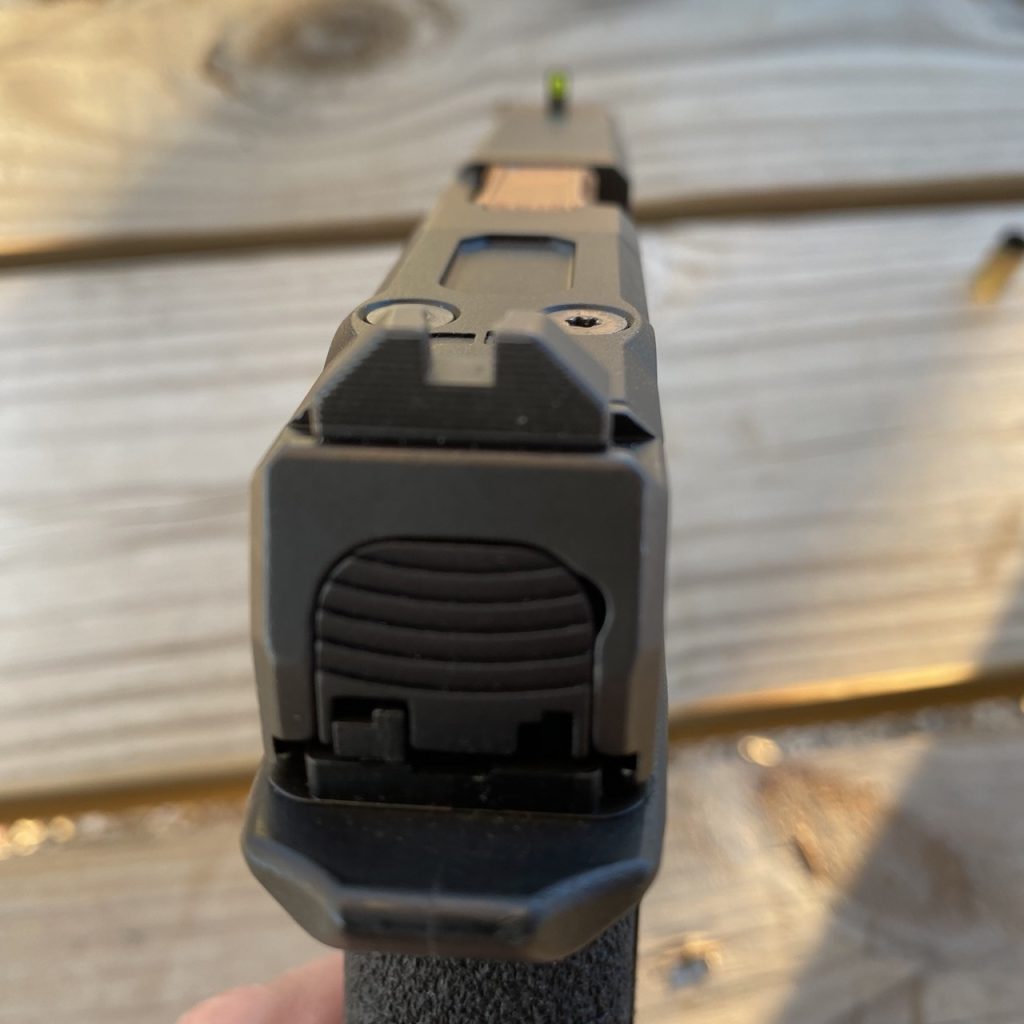
Although the exact XR-920 Elite I shot had no dot, I still took the time to research the Shadow Systems optics mounting arrangement, which I found interesting. Instead of using a “master pattern” that takes an assortment of optics plates with their own footprints, Shadow Systems uses a universal cut meant to fit almost all major makes and models of reflex sights. Their proprietary cut consists of four deep and threaded holes without any recoil bosses. To account for the differing “surface areas” of various optics, Shadow Systems ships their handguns with extra-long machine screws and very hard plastic shims. The idea here is that these longer-than-typical screws provide a higher degree of clamping force while the hard shims fill up any voids or gaps. The Shadow System’s optics cut reminds me of Smith & Wesson’s factory CORE pattern–not only with the V-shaped layout of the threaded screw holes but also the longer screws themselves. Again both concepts rely on the longer screws that sink deeper to provide more clamping force. Unlike the S&W factory screws that use a 5/64 hex head (that I absolutely hate), the included Shadow Systems machined screws have very deep Torx heads in order to prevent the risk of stripping them.
Burning It Down With The Shadow System XR-920 Elite
I fired approximately 100 rounds through the XR-920 Elite in fairly rapid succession, all with 115-grain Winchester Whitebox this gentleman let me have. I also burned up 15 loose rounds of 115-grain CCI Blazer aluminum I had in my pocket. The gun’s owner encouraged me to push it as hard as I could because the gun and the brand were completely new to him and he wanted to see if Shadow Systems held up to its reputation. Since shooting this gun was a very much spur of the moment thing, I didn’t do much besides shooting from concealment at 5 yards at some index cards. I used a timer, more so for the start signal but I got several reps of drawing and firing 5-6 rounds, and so on. I certainly dumped a magazine’s worth of ammo too, as best as I could control it. With slow fire, almost any gun will feel like it shoots well. Pushing a pistol under rapid fire, however, allows one to see how it shakes out performance-wise.
Advertisement — Continue Reading Below
Even without a dot, the gun points very well and I found its grip profile conducive to a good draw and presentation. It was easy to stay target focused with that bright yellow-green front sight. I didn’t shoot the XR-920 Elite any different than I would have my own Glock 45, but the former certainly tracked and printed better shots under rapid fire than I’m used to doing with the latter. This was a neat surprise and perhaps it’s indicative of why Shadow Systems owners are so passionate about their handguns. Regrettably the pistol wasn’t mounted with a dot, but I would have loved the chance to observe how a dot tracked under recoil. While my quick and dirty T&E didn’t involve any accuracy shooting, with the fit, finish, quality and reputation I would surmise that the XR-920 Elite prints more-than-adequate groups at 25 yards and beyond.
THE TAKEAWAY
With the expiration of the original patent, Glocks are now in the same tier as other legendary handguns like the 1911, CZ 75 or the Browning Hi-Power–those influential handgun designs that have been around for generations with numerous clones and copies from around the globe. Polymer frame striker guns are fairly inexpensive to manufacture so affordable and competitively priced clones are easy to find these days. However, I’m quite happy that I finally had a chance to appease my curiosity concerning guns on the opposite end of the spectrum: the XR-920 Elite has a list price of $1,164 after all. It looks good and shot well. If the gentleman at the club offers to let me shoot it again, I may just have to take him up on it.
